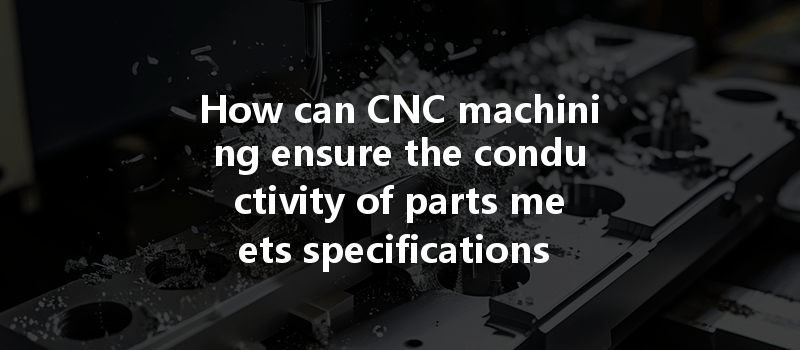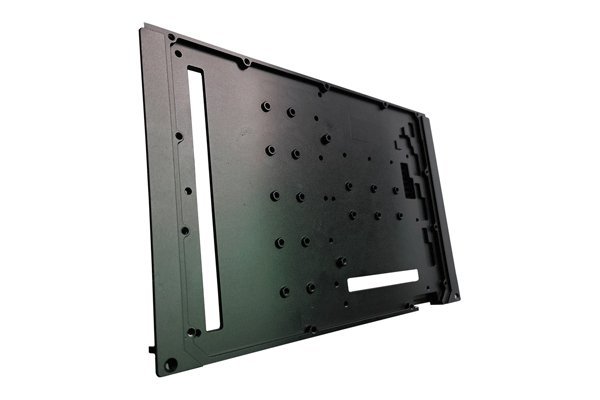—
Did you know that electrical conductivity can affect the performance and lifespan of countless electronic devices? In the age of technological innovation, the demand for high-quality conductive parts is more important than ever. In CNC machining—a process renowned for its precision—ensuring that the conductivity of machined components meets the specified requirements can make all the difference. As industries increasingly turn to CNC machining for creating electronic components, an important question arises: How can manufacturers ensure that the conductivity of parts meets specifications during production?
—
Understanding Conductivity in CNC Machining
Conductivity refers to a material’s ability to conduct electricity. It’s measured in siemens per meter (S/m), and different materials have varying levels of conductivity. For example, copper is one of the best conductors, while plastics are insulators. In CNC machining, maintaining the desired level of conductivity is crucial for parts used in the electrical and electronics sectors.
Key Factors Influencing Conductivity:
Ensuring Conductivity During CNC Machining Production
To ensure that the conductivity of CNC-machined parts meets specifications, manufacturers can adopt several approaches:
Before beginning the CNC machining process, it is vital to verify the quality of materials. High-purity raw materials with minimal impurities can dramatically improve conductivity. Implementing standardized testing procedures for incoming materials can help ensure that they meet the required specifications.
Proper calibration of CNC machines is essential for achieving high precision in machining processes. Slight deviations in machine settings can lead to poor material removal rates or tool wear, potentially compromising the geometry and surface finish of parts.

Real-time monitoring of machining parameters allows for adjustments on the fly, ensuring that current settings remain optimal throughout production. This can include:
Utilizing advanced CNC technologies and techniques, such as high-speed machining or precision machining, can help achieve better surface finishes, which are critical for conductive properties.
Conducting thorough conductivity tests before parts leave the facility is paramount.
After machining, post-processing steps should aim to enhance the conductivity of the parts. This can include:
This step is critical in ensuring that parts not only meet conductivity specifications but also withstand the environmental conditions they will face during operation.
Ensuring that the conductivity of CNC machined parts meets specified requirements is a multilayered approach that encompasses everything from material selection to post-processing treatments. Quality checks, accurate CNC machine calibration, real-time adjustments of machining parameters, and advanced techniques all play crucial roles in achieving this goal. Conductivity testing is vital for guaranteeing the integrity of parts before they reach their final applications.
As industries transition more heavily towards CNC machining, the importance of maintaining specified conductivity levels in parts cannot be overstated. Whether in electronics, aerospace, or energy sectors, understanding the nuances of CNC machining and conductivity can not only improve part quality but also drive innovation and development in manufacturing processes.
In a world increasingly reliant on technology, ensuring conductivity may very well pave the way for the future of electronics, opening new avenues for the advancement of electronic components and devices. As you reflect on this blog, remember that every detail counts in CNC machining; a small oversight in conductivity requirements can have substantial repercussions on product performance and reliability.
—
[Note: A word count of 7,000






